If you are a winery owner wanting to pass on your legacy to the next generation, you might wonder how to do it smoothly and effectively. After all, you have invested a lot of time, money and passion into your business, and you’ll want to ensure it continues to thrive and grow under new leadership.
When it comes to families, however, succession planning is not as simple as handing over the keys and the books. It can be contentious and strain, even ruin, family relationships and the business you’ve worked so hard to build if not carefully planned and communicated. Succession planning for a family-owned winery business can take years to complete. Planning should begin years before the transition is expected; some legal experts advise starting the process ten years before the change.
Succession planning involves legal and tax considerations that need to be understood, prepared for and kept current. Navigating complex familial dynamics can make the process even more challenging. While a ten-year timeline may be a bit tough to swallow, we will say it’s generally easier to do succession planning while the founding family members are still alive rather than interpreting the estate and wishes of a deceased family member.
Some key considerations when planning for a successful family succession in your winery business include:
- Defining your vision and goals
- Identifying and developing your successors
- Establishing clear roles and responsibilities
- Implementing or updating your winery management software
- Preparing for the transition
Define your vision and goals
The first step in planning for succession success is to define your vision and goals for your winery business. Ask yourself (and the rest of the leadership team) the following questions:
- What is the purpose and mission of your business?
- What are the values and principles that guide your decisions?
- What are the long-term and short-term objectives that you want to achieve?
You probably already have this thought out and documented, but if not, this is the time to do it. Having a clear vision and goals will help you align your expectations with your successors and communicate with them effectively. It will also help you evaluate the performance and progress of your business and your successor(s) over time.
Next, put it on “paper.” Nothing is real until you document it. Start by writing down your vision and goals in a document or a presentation and share it with your family members who are involved or interested in the business. You can also solicit their feedback and input and adjust as needed.

Identify and develop your successors
Start by assessing the current and future needs of your winery business, such as production, marketing, sales, finance and compliance. Then, evaluate the capabilities and readiness of your potential successors, such as their education, experience, knowledge, attitude and personality.
- Who are the potential candidates that can take over your winery business?
- What are their skills, strengths, weaknesses, interests and aspirations?
- How can you prepare them for the challenges and opportunities that lie ahead?
Based on your evaluations, select the most suitable successors for each key position in your winery, such as CEO, CFO, winemaker, vineyard manager or sales director. It’s best to create a succession plan outlining the timeline, criteria, responsibilities and expectations for each successor.
Get these candidates more involved. Provide them with adequate training, mentoring, coaching and feedback. Involve them in strategic decisions, delegate tasks and authority, and expose them to different aspects of the business. Encourage them to network with other industry professionals, attend relevant events and seminars, and join industry associations.
Establish clear roles and responsibilities
The third step in planning for effective family succession is to establish clear roles and responsibilities for yourself, your successors and other family members who are involved or affected by the business. This will help avoid conflicts, confusion and resentment arising from unclear or overlapping roles and responsibilities.
Start by defining the scope of work, duties, expectations and authority for each role in your winery business. Specify how each role will interact with other functions, such as reporting lines, communication channels and decision-making processes.
It’s also a good idea to clarify the roles and responsibilities of family members who aren’t directly involved in the business but have a stake or interest in it. For example, how will these family members be informed about business performance? How will they be compensated or rewarded? How will they be consulted or involved in major decisions?
Document these roles and responsibilities in a written agreement or contract signed by all parties involved. It helps confirm everyone is on the same page. Don’t forget to review and update the agreement periodically to reflect any changes or developments.
Implement or update winery management software
The fourth step in planning for a successful family succession is implementing – or updating – winery management software to help streamline and optimize your winery operations. Winery management software is a system used to manage and monitor all stages of wine production from vineyard to bottle. It can also help with wine sales, distribution, inventory management, compliance reporting and more. With this information centralized, you can be sure your successors will hit the ground running when it’s time for the transition. All vital information and processes are centralized and easy to access.
Winery management software benefits include the following:
- Improving efficiency and productivity by automating tasks, reducing errors, saving time and resources
- Enhancing quality control by tracking wine quality throughout the production cycle
- Increasing profitability by managing costs, pricing, margins and profitability
- Boosting customer satisfaction by providing online ordering, delivery tracking and loyalty programs
- Supporting compliance by generating reports for regulators and tax authorities
- Facilitating collaboration by enabling data sharing among different departments
- Enabling scalability by allowing you to expand or modify your operations as needed
By implementing modern winery management software, you can ensure that your winery business runs smoothly and effectively, and your successors can access the tools and information they need to succeed.

Prepare for the transition
Lastly, prepare for the transition from your leadership to your successors. This critical and sensitive phase requires careful planning, communication and execution.
Set a realistic and mutually agreed upon date for the transition. Communicate this date to your employees, customers, suppliers, partners and other stakeholders affected by the change.
Create a transition plan that outlines the steps, tasks and milestones that need to be completed before, during and after the transition. This plan should include:
- Handing over the documents, records, contracts, passwords and keys
- Transferring the ownership, assets, liabilities and equity
- Introducing the successors to the key contacts and relationships
- Providing support, guidance and advice to the successors
- Resolving any outstanding issues or disputes
- Celebrating the changing of the guard
Monitor and evaluate the transition process and provide feedback and suggestions to your successors. Be prepared to deal with any challenges or difficulties during the transition, such as resistance, confusion, anxiety or conflict. As mentioned earlier, this can be a contentious time.
Decide on your role and involvement in the business after the transition. You may retire completely, stay as a consultant or advisor, or take on a different role. Whatever you decide, respect the authority and autonomy of your successors and avoid interfering with or undermining their decisions. After all, you did plan for this, right?
Passing On Your Legacy
Planning for a successful family succession in your winery business is not an easy task. It requires a lot of thought, preparation and communication. By taking steps to address these key considerations and implementing the right winery management software, you can ensure you pass on your legacy to the next generation in a smooth and effective way.
Reach out to our team to learn more about how our winery management software can help you ensure the future success of your winery. Your legacy awaits the next generation; with thoughtful planning, it can thrive for years.

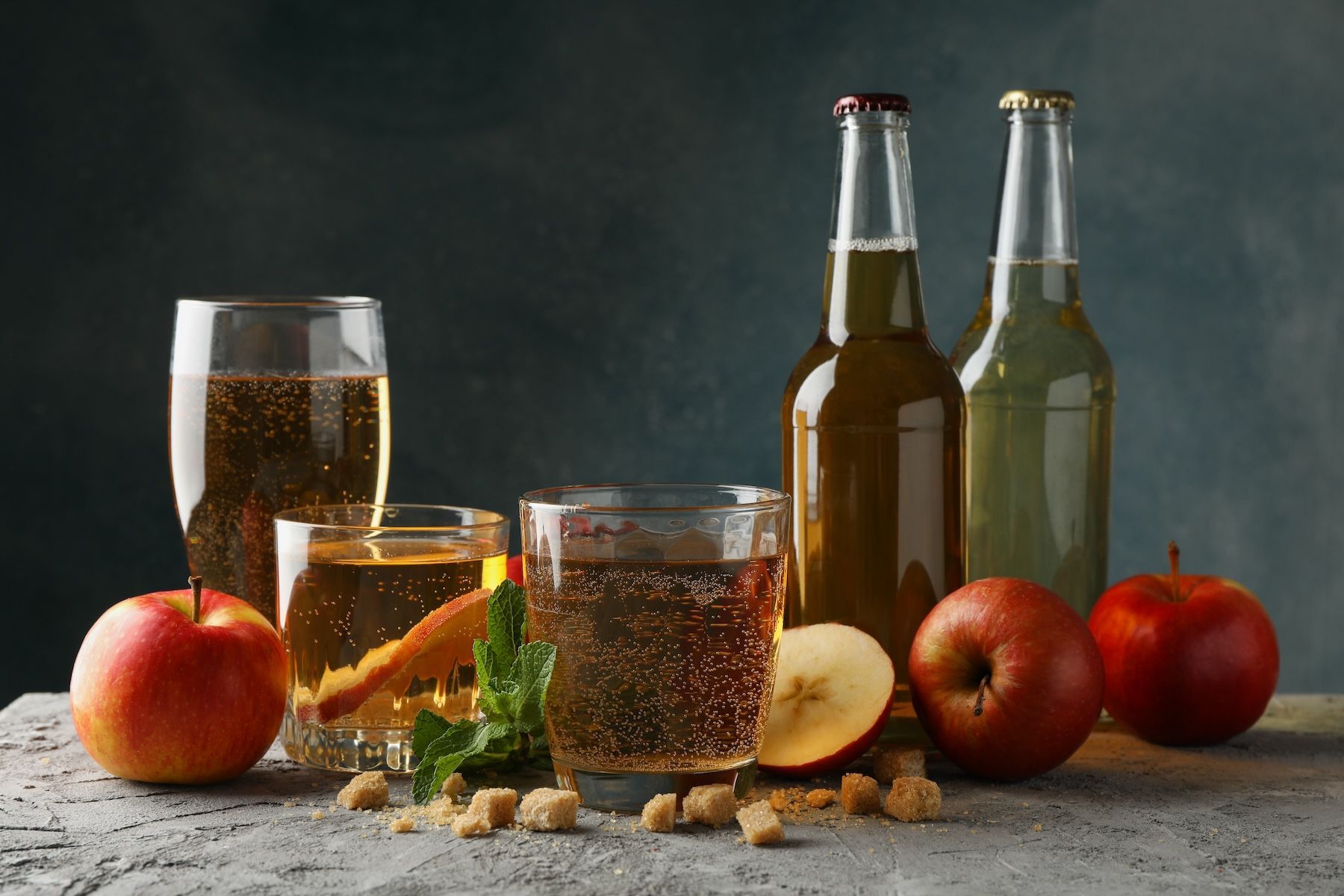


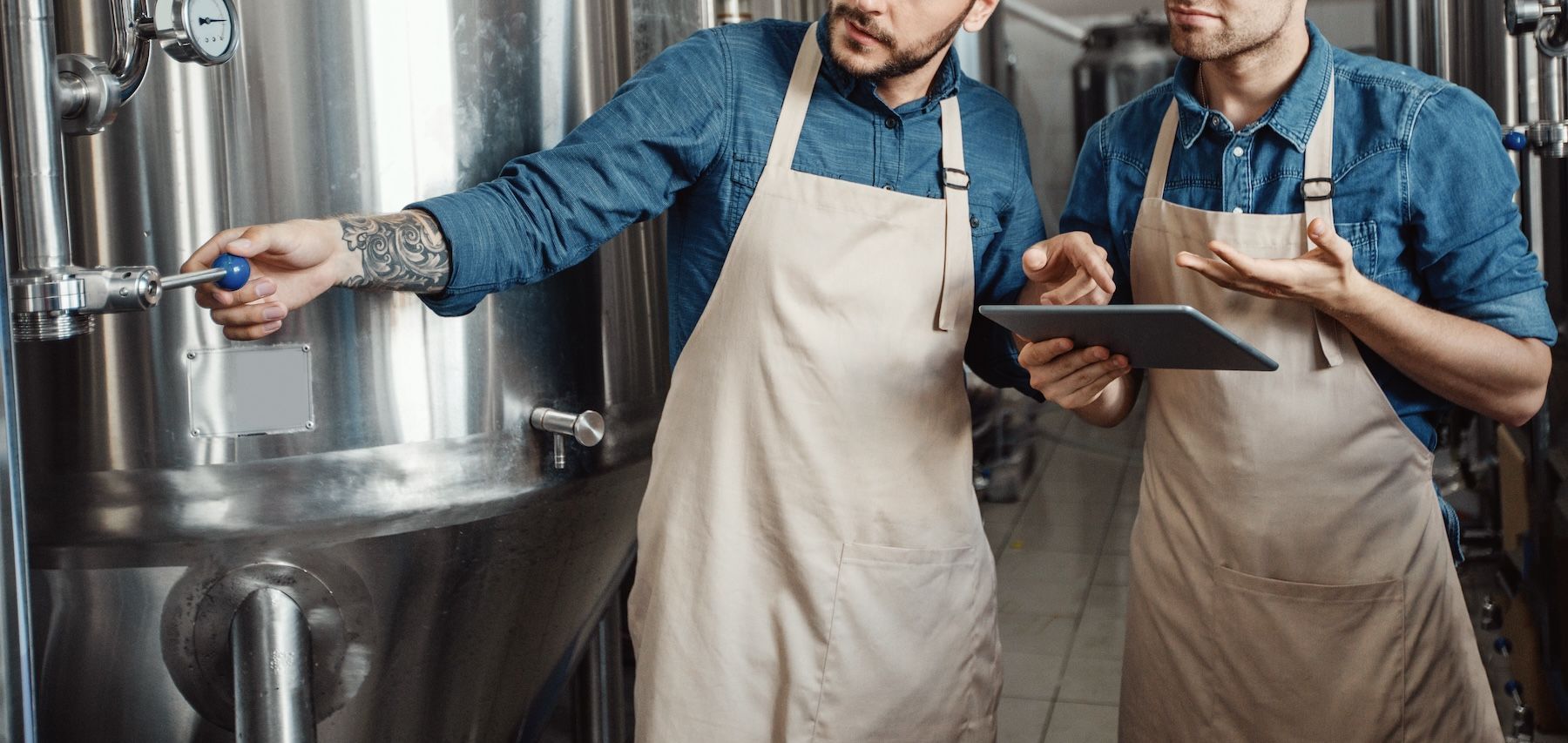



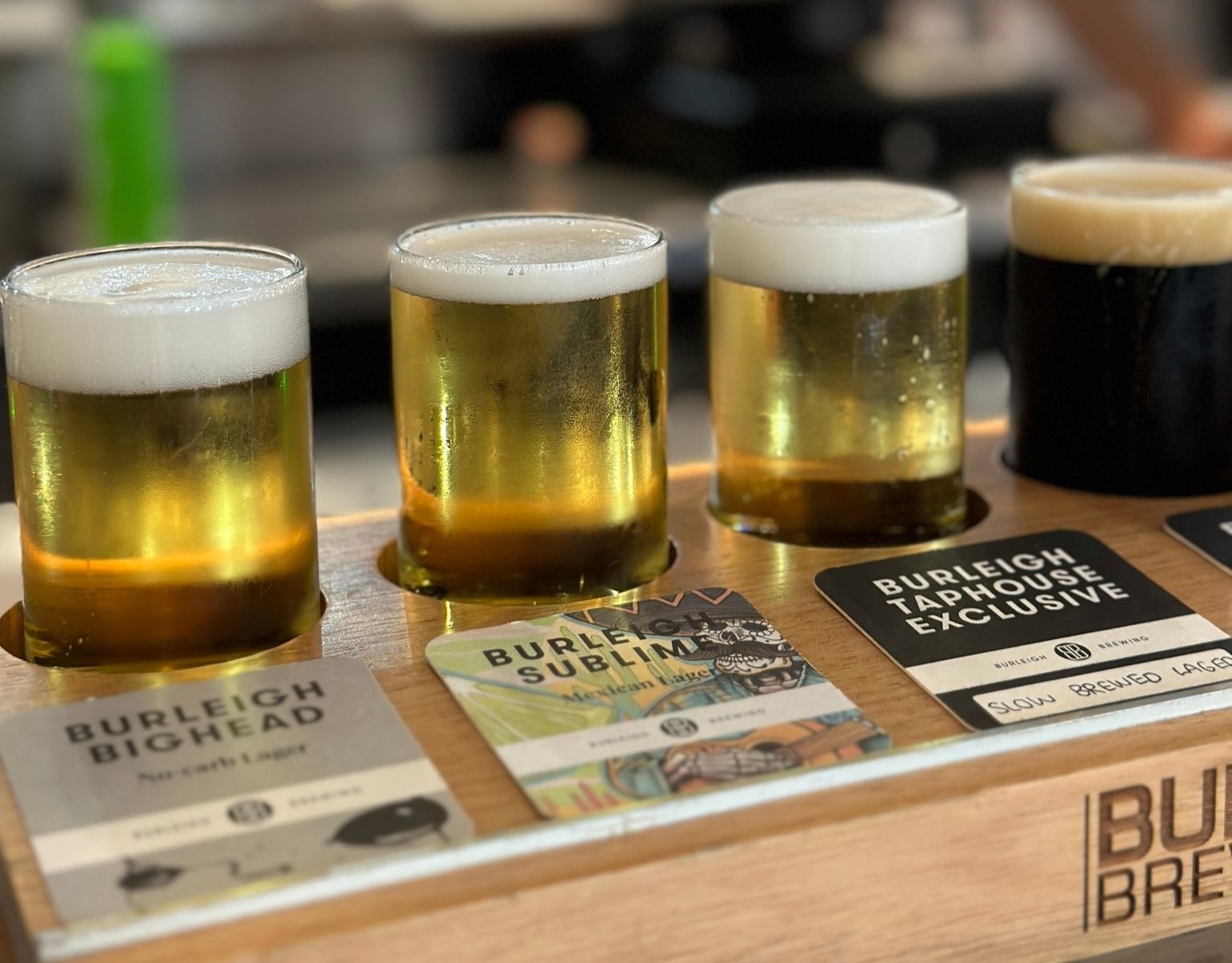
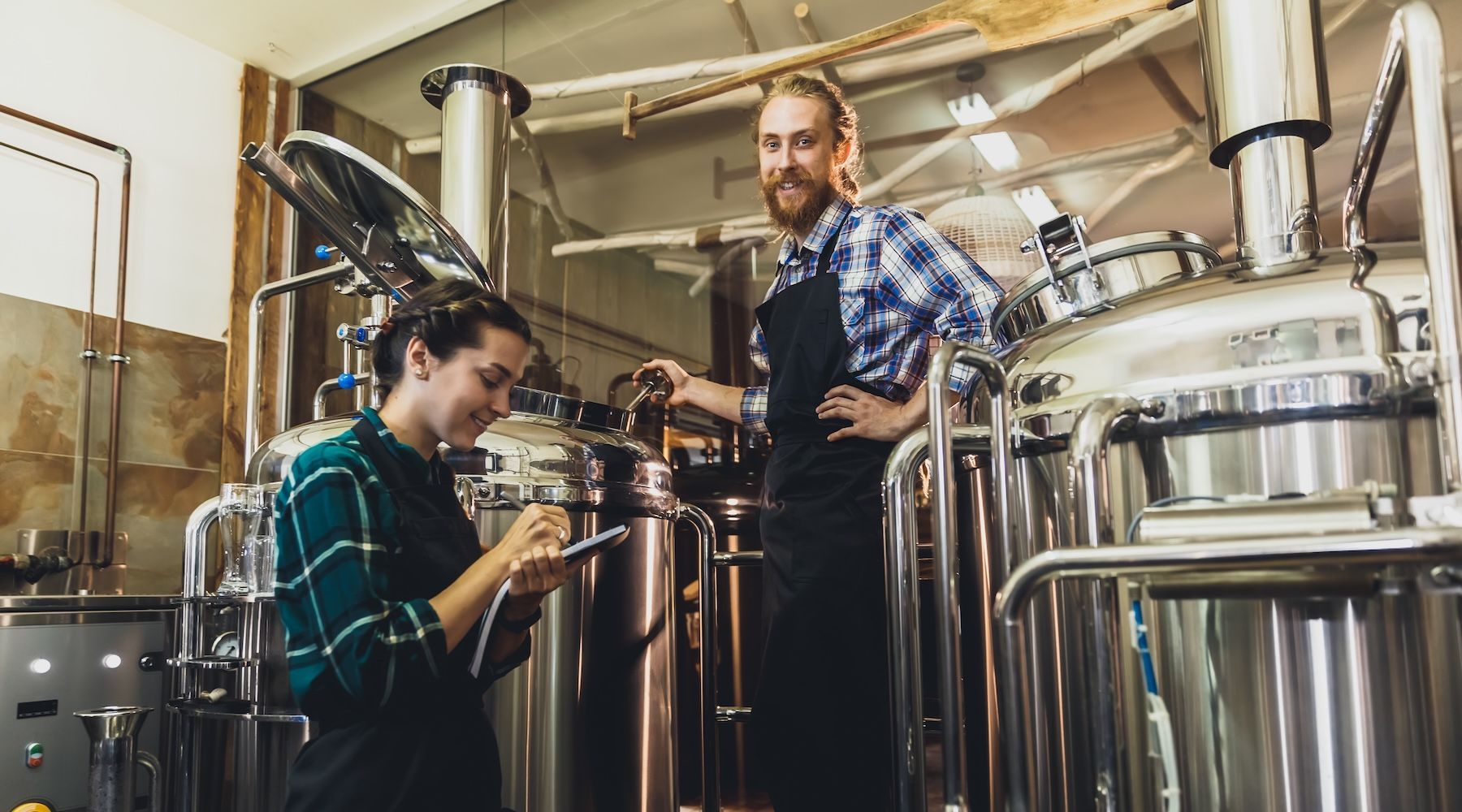
GET IN TOUCH
1512 Larimer Street, Suite #150
Denver, CO 80202
United States
(720) 699-0200
66 Goulburn Street
Sydney, NSW, 2000
Australia
+61 2 9044 1330

